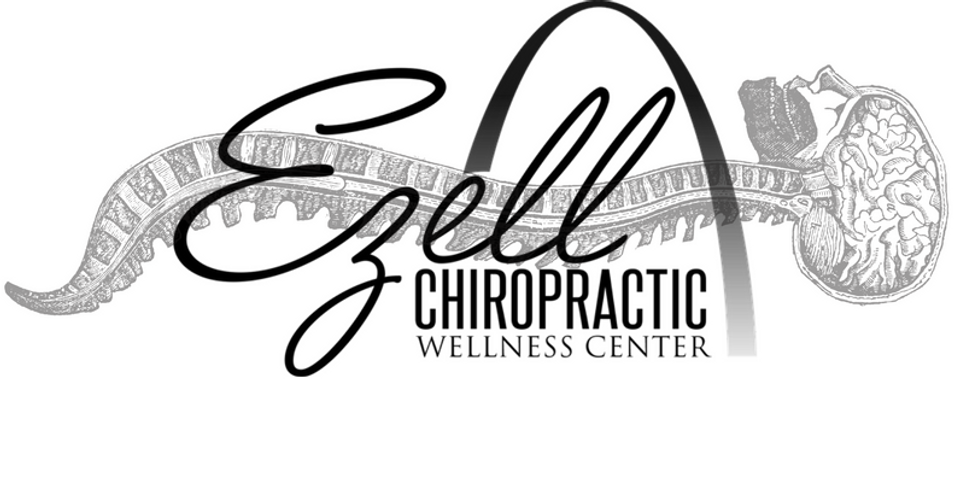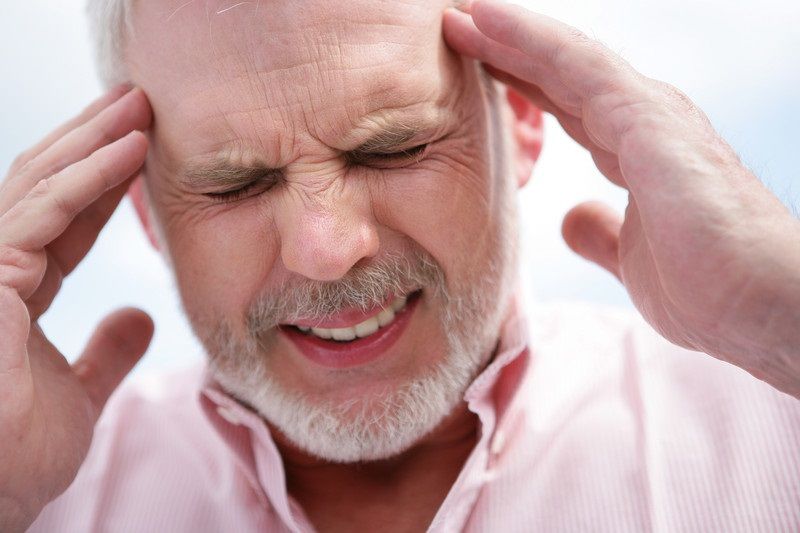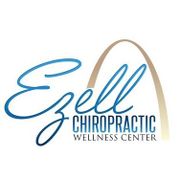

- The W.H.O. approximates that 1 out of every 20 people have a headache episode every day
- Half to 3/4 of adults aged 18-65 have experienced a headache this year and 30% of them have had a migraine
- From the W.H.O. website, one barrier to effective care is the lack of knowledge among health care providers
- On average worldwide only 4 hours of medical education is dedicated to instruction on headache disorders
- What are the different types of headaches?
- Migraines- More women than men, Often recurrent, moderate/severe intensity, one sided, pulsating, hours to days of duration, can be associated with nausea, sensitivity to light/sound
- Cluster headache- uncommon, more men than women, frequent reoccurring headaches per day that are severe and focus around one eye with tearing and redness, the nose runs and is blocked on the same side
- Tension type (TTH)- most common headache, typically last a few hours-sometimes longer, pressure or tightness like a band around the head or radiating from the neck
- Treatment options
- Pharmaceutical approach-
- Migraines: NSAIDS (naproxen), triptans at the start of a migraine (imitrex, frova, etc.)
- TTH: OTC meds tylenol/advil/ibuprophen, NSAIDS, botox injections (neurotoxin produced by the bacteria that causes botulism)(muscles will eventually weaken and other long term health affects have not been studied)
- Pharmaceutical approach-
- Alternative approach-
- Acupuncture: the most researched of alternatives, works by quieting overactive nerves helping body come back closer to homeostasis
- Functional medicine: shifts from the traditional disease-centered focus of medical practice to a more patient-centered approach, functional medicine addresses the whole person, not just an isolated set of symptoms (detailed looks at blood work, nutrition and more)
- Chiropractic- working to find the root cause of the symptoms, starting with detailed consultation examination and x rays. Correcting any spinal and soft tissue problems that are found. Correcting mechanical lifestyle factors like sleep, posture, ergonomics, improper exercise. Addressing other metabolic needs.
- CAUSES OF HEADACHES:
- Mechanical
- Over half of all headaches stem from the neck and it’s surrounding tissues. Improper neck alignment producing stress, irritation and pressure on the spinal nerves and the spinal cord as well as the spinal joints and the surrounding tissues. Could eventually affect or stem from a TMJ dysfunction
- Dietary/ Nutritional
- Allergy/sensitivity (dairy, gluten, soy, nuts, eggs, fish, preservatives ETC). Deficient in vitamins like vitamin B. Needs supplementation (probiotic, omega 3, others)
- Medication induced
- Hormonal- when changes typically occcur-menses, pregnancy (or could be chronic)
- Mechanical
- The chiropractor should be the gatekeeper to headache patients
About the Business
BUSINESS
Chiropractor
Ezell Chiropractic
2201 1st Capitol Dr, Ste 101, St. Charles, MO 63301
Have a question? Ask the experts!
Send your question

